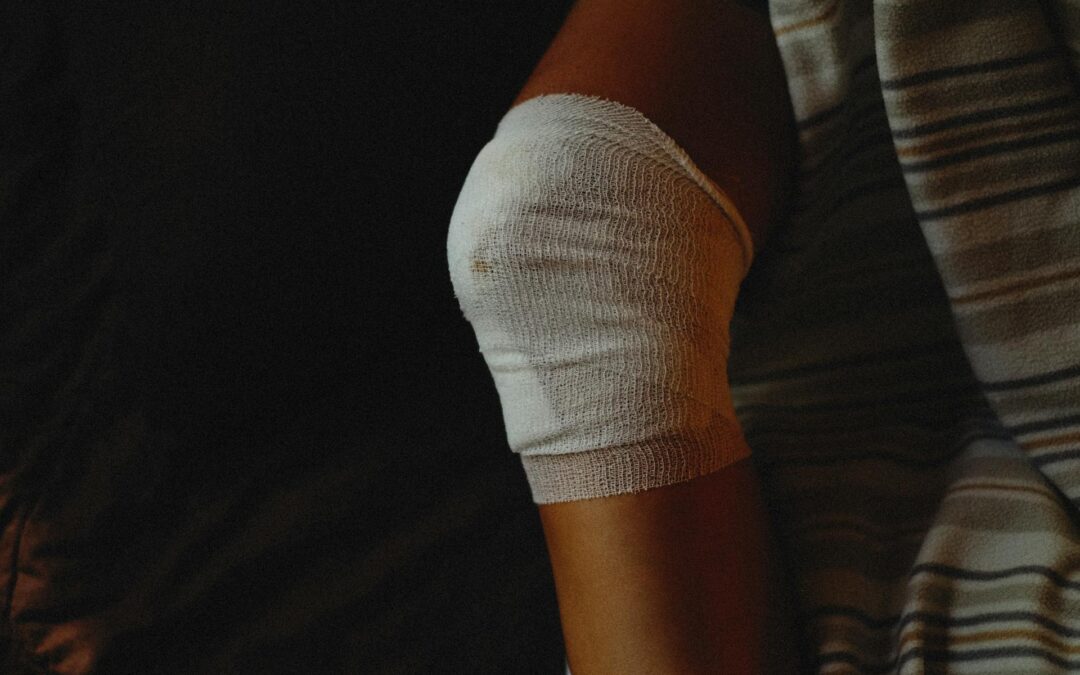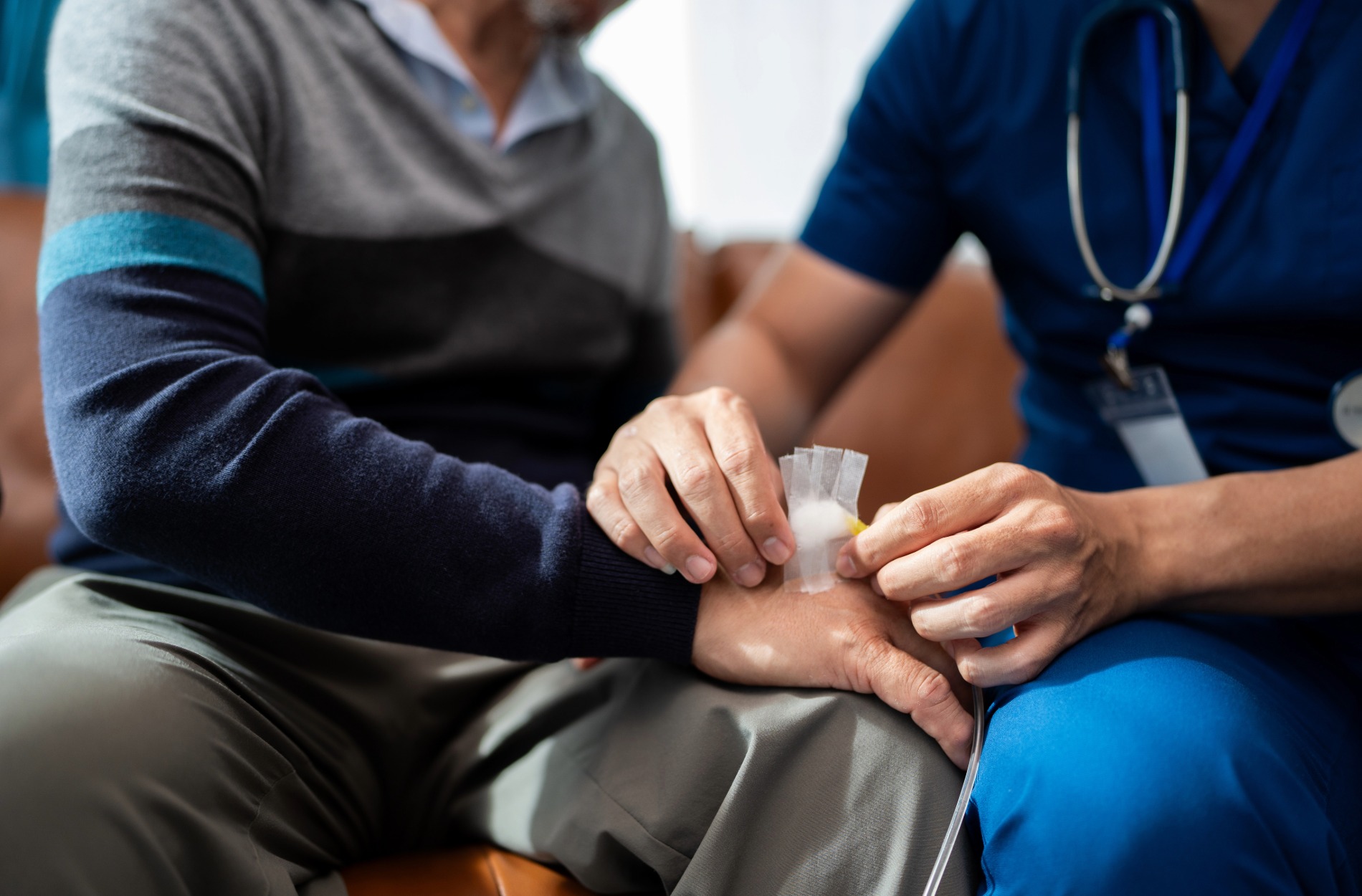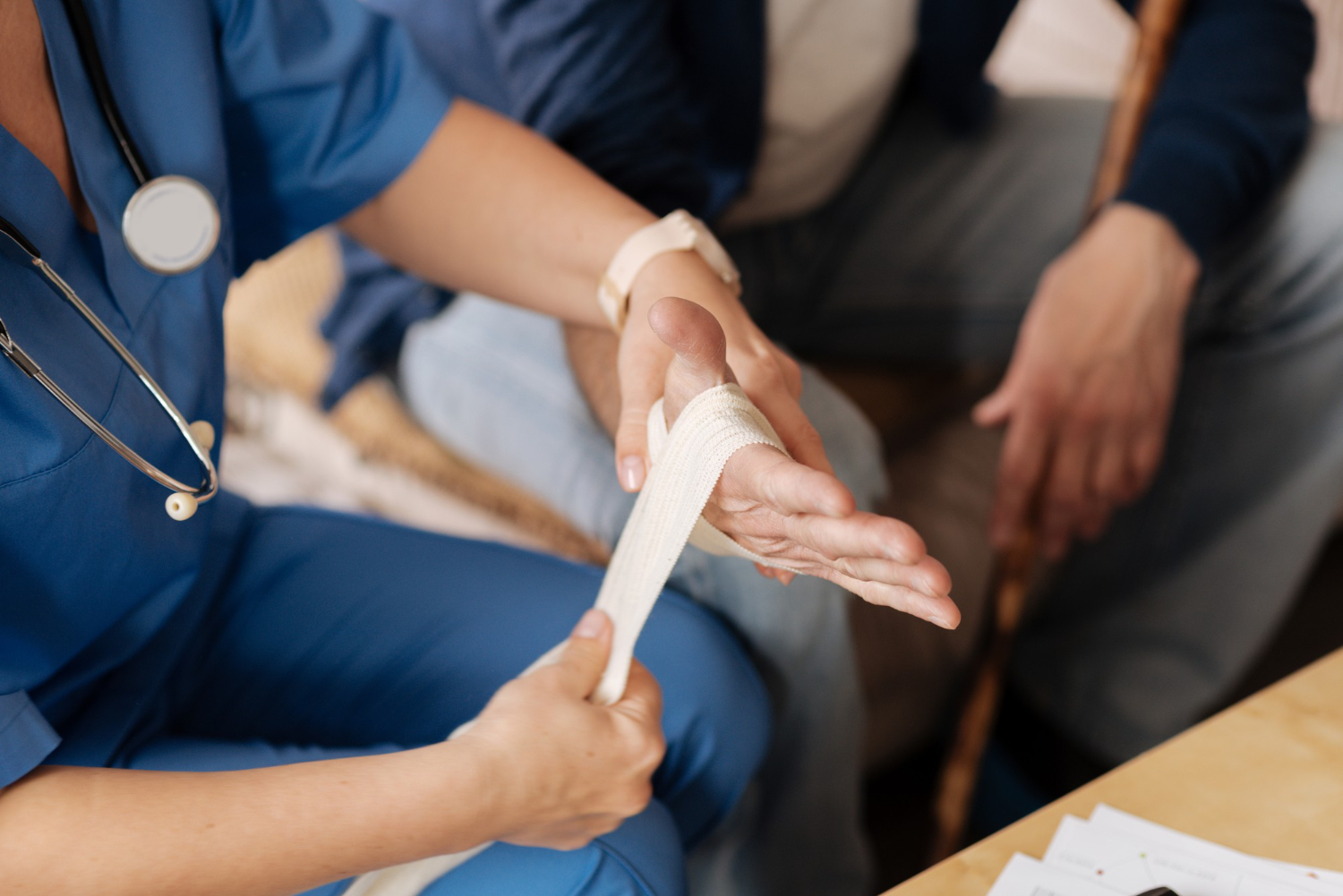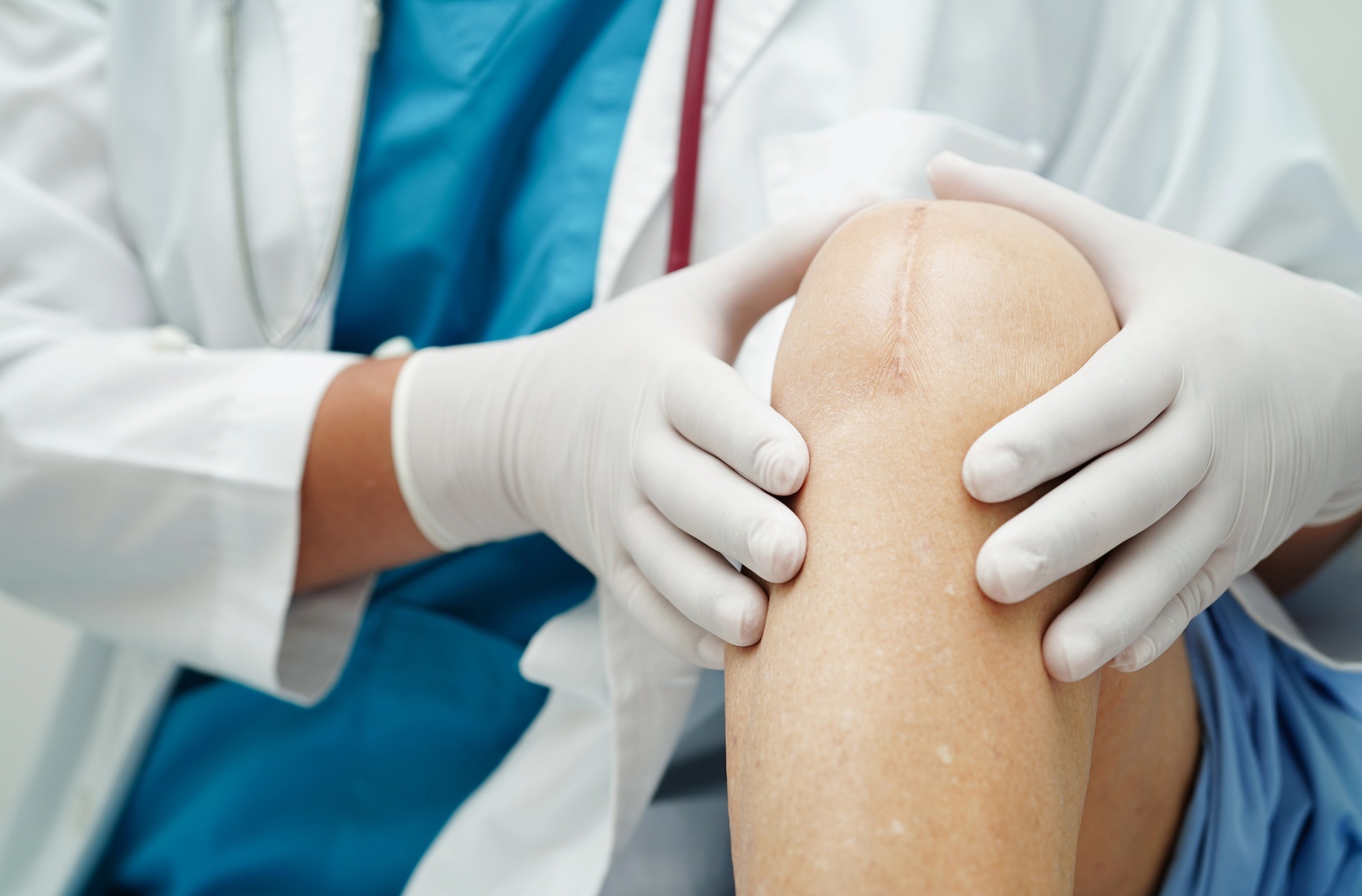Keeping a wound clean isn’t just about hygiene, it’s a key piece of the healing process. When a wound isn’t cleaned well or not cleaned at all, it becomes easier for infections to set in. That not only keeps the area from getting better but can actually make things worse. Whether it’s a fresh cut, a post-surgical incision, or a long-standing pressure sore, the way cleaning is done matters. Getting it handled by a trained professional helps make sure the wound stays on the right track.
There’s more than one method professionals use to keep wounds clean. Each one has a different purpose depending on what the wound looks like, how deep it is, and how well it’s healing. In a city like Nashville, where the climate shifts quite a bit through the year, people sometimes deal with wounds that don’t close up easily. That’s where knowing the proper methods for deep cleaning or professional wound debridement can really make a difference.
Manual Cleaning Techniques
Manual wound cleaning is usually the first step when someone with experience takes a look at an open wound. It uses simple tools like gauze, irrigating syringes, and clean water or saline solutions to get the job done. With gentle wiping or flushing, this approach gets rid of dirt, dried blood, and surface debris. It may sound basic, but careful hand-cleaning can help set up the wound for successful healing later on.
Here’s when manual cleaning tends to work best:
– Right after a wound forms, such as after a cut or scrape
– When the wound is shallow or not yet infected
– If there’s light buildup like a scab or small particles of dirt
– As a prep step before starting other more advanced treatments
One important thing about manual methods is that it’s not just about scrubbing. The person doing the cleaning has to check how sensitive the area is and make sure they’re not causing more harm by being too aggressive. Even clean materials can do damage if used the wrong way. That’s why having someone with training, who knows how much pressure is safe and what signs to look out for, can make a big difference.
Chemical Cleaning Agents
When wounds are more complicated or when there’s concern about infection, chemical agents may be used to help clean out harmful bacteria and dissolve damaged tissue. These aren’t the kinds of products you’d find in someone’s medicine cabinet. Medical-grade solutions like antiseptic cleansers or wound irrigation fluids are used by professionals because they’re made to be both safe on tissue and strong enough to disinfect.
Chemical cleaning is often chosen in these situations:
– When a wound is showing signs of infection
– If there’s tissue breakdown or odor from dead cells
– When manual cleaning isn’t enough to reach the deeper sections
It’s not just about pouring something on and letting it sit. Trained providers know how to handle each type of solution based on the shape and size of the wound. Some wounds don’t respond well to certain chemicals, so the person doing the work has to choose the right one carefully, making adjustments as needed throughout the healing process. There’s a balance between powerful cleaning and preserving healthy tissue, and getting that balance right matters, especially for wounds that are slow to respond to care.
Cleaning with chemicals usually plays a supporting role, too. After the wound gets flushed out and the harmful material breaks down, more focused treatments like debridement may follow to help the wound improve. All of this happens while keeping patient safety and comfort a top priority.
Mechanical Debridement Methods
Mechanical debridement is one of the more direct methods professionals use when a wound needs help getting rid of tough, dead tissue. This process involves physically removing what’s blocking the wound from healing, often with tools like pads, sponges, or irrigation systems. It’s not the gentlest approach, but it can be very helpful for people dealing with hard-to-heal wounds.
These methods are usually used when wounds stop progressing or start looking worse over time. That includes pressure injuries, ulcers, or post-surgical sites that haven’t responded to lighter treatments. The goal is to clean out the layers of damaged tissue and give healthy tissue a better chance to grow.
Depending on how the wound looks, here are some ways mechanical debridement can be performed:
– Wet-to-dry dressings: A moist dressing is placed over the wound, allowed to dry, then gently removed along with dead tissue attached to it
– Irrigation: A controlled stream of fluid washes out the wound, carrying dirt and decayed tissue away
– Pulse lavage: A more advanced option where fluid is sprayed across the wound while suction pulls out the loosened material
– Monofilament pads: Textured pads glide over the wound to lift dead tissue without damaging the healthy parts
The process must be done carefully. If someone tries this too early or on the wrong type of wound, it can damage new growth or increase pain. That’s why wound care specialists take time to evaluate whether a wound is ready for this type of cleaning. It’s commonly part of wound debridement in Nashville, especially during the fall when chronic wounds tend to flare up due to cooler, drier air and changes in circulation from reduced mobility.
One example involved a patient whose diabetic foot ulcer wasn’t improving. After a few weeks of light cleaning methods, the wound still hadn’t made progress. Once mechanical debridement was used, healing finally started. Removing deep, non-living tissue cleared the way for healthier skin to take hold.
Autolytic And Enzymatic Cleaning
There are times when the body’s natural healing processes can help clean a wound with the right support. That’s where autolytic and enzymatic methods come into play. These are considered more targeted and less aggressive options.
Autolytic debridement encourages the body to break down dead tissue on its own. A moisture-retaining dressing keeps the wound environment balanced, which helps enzymes in the body soften and dissolve the damaged part. This happens slowly, so it’s usually chosen only for wounds that aren’t infected and don’t require quick cleaning.
Enzymatic cleaning takes a similar path but adds medical-grade ointments made with special enzymes. These products speed up the breakdown of unhealthy tissue without harming the good parts. They’re often used when there’s a clear goal to remove buildup but without using force or aggressive tools.
These methods are good options when:
– The person can’t tolerate more physical techniques due to pain or fragile skin
– There’s a moderate amount of dead tissue, but the wound isn’t infected
– The wound is in a sensitive or hard-to-reach location
The advantage here is how gentle both methods can be. They don’t involve scrubbing or cutting, and they generally cause less discomfort. But because they take longer, they’re monitored closely. If the wound doesn’t start showing signs of healing, a faster method may be swapped in.
Why Mobile Wound Cleaning Makes All the Difference
Wounds are complex. What starts out as a minor issue can shift quickly depending on the person’s health, age, mobility, or chronic conditions. It’s not always easy to know which cleaning method is the right one or when to switch to something different. That uncertainty becomes bigger when someone can’t easily leave home or navigate a clinic visit.
Mobile care brings wound treatment to where the patient is, whether it’s a home, assisted living community, or other facility. This means no added travel time or delays, and the wound gets consistent support from professionals who’ve seen a wide range of cases. It also means fewer missed treatments, which can make the difference between a wound staying the same or finally starting to heal.
Helping a wound heal faster and cleaner often comes down to using the right method at the right time. While every case is different, the outcome depends heavily on having someone trained to perform and adjust the care based on what works best. Some wounds need strong, direct action. Others do better with slower, more gentle care. The right judgment comes from experience.
Professional care can shift the course of a wound that’s been stuck or getting worse. Especially in places like Nashville, where the weather at this time of year can dry out the skin or limit mobility, extra attention to wound health can make a big difference. When the right approach is applied early and consistently, it gives the body the best chance at healing well.
If you’re looking for effective, hands-on support to treat difficult wounds, explore how wound debridement in Nashville through Southern Wound Care can bring expert treatment right to your door. Our mobile team is ready to help you heal comfortably and on your schedule, without ever needing to step into a clinic.




